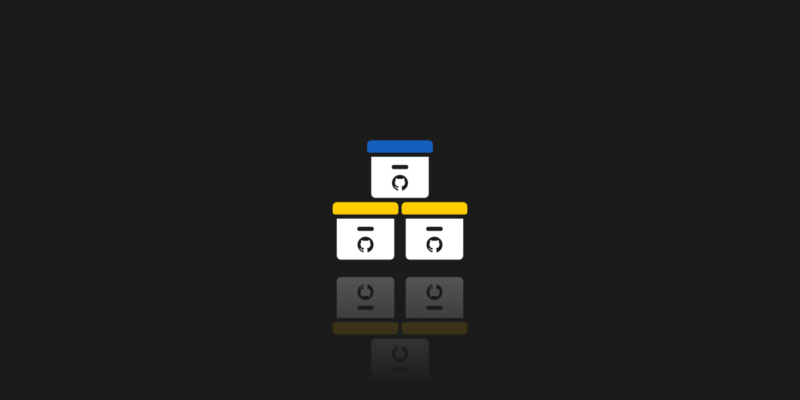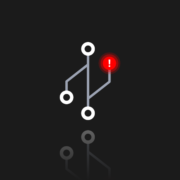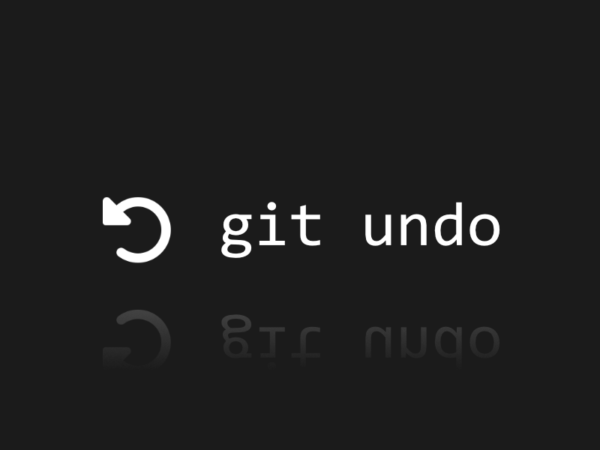
GitHub Archive and Long-term Retention
The world of technology is galloping and accelerating day by day. Nowadays, taking care of data security and storage is becoming crucial for every significant company. Security and disaster recovery have become the center of the IT universe. This is obviously because taking care of the intellectual property of the company is now a top priority. It’s therefore surprising that neither Linus Torvalds nor the Git community has developed any internal archiving and versioning tool. Luckily we have GitProtect!
Why having a backup plan is so important?
Currently, security departments are developing and are also starting to manage and supervise departments like the department of backup solutions, etc. in companies. They’re also often closely associated with departments responsible for disaster recovery. This is mainly because security has been “noticed” in anyways in the modern world, and is now often considered even the most important from the point of view of the existence of a given company.
I remember that at the beginning of my career, the bad ones were called crackers and the good ones were hackers. However, I have the impression that it’s mainly due to the media, movies, and generally poor presentation of what hackers do, it looks a bit different now. In short, white hat hackers are the good ones, and the bad ones are the black hat hackers. In both cases, we’re using the word hacker, but it’s important whether he is representative of the light or dark side. The IT world has always liked to draw from fantasy.
Nowadays, white hackers create the core of security departments, but even they know that if the zero-day exploit reported by them isn’t patched, good archiving, and thus versioning, will become crucial in the event of an attack. Thanks to that, first, we will be able to perform the disaster recovery procedure. Secondly, thanks to the knowledge of which version of our archive is without the defective part of the code, we will be able to restore our company to a full operation mode in no time. These are the reasons why archiving is crucial these days, but how does this relate to distributed version control systems?
How does git backup work?
The problem with distributed version control systems such as GIT is the lack of any approach, standardization, and finally built-in archiving mechanism. The funniest thing about this whole situation is that it’s not a flaw or an oversight. Although it may be a small fault of the creators of such systems and the lack of foreseeing how important the security of our codes will be nowadays. On the other hand, admit, who in 2005 knew that security would now be number one?
Of course, we can use the built-in git clone, git bundle or git archive, but is this really a backup? Here, opinions probably will be divided. Personally, I think that nowadays, by backup I mean archival versions of changes made to which you can return at any time. That’s why I wouldn’t fully agree that these tools will be a full-fledged backup. It has become the norm for most companies to keep systems and data important for their functioning in the form of full backups, for example on the storages or NASes. Additionally, long-term on tapes and finally differential or incremental backups available as out-of-hand on “handheld” resources. Such a scheme is very common and protects us quite well in the event of a failure, but in the case of version control systems, we can make, in a sense, complete copies of the current state, and here the possibilities practically ended. What if we want to go back to a time before a certain day? Often, administrators are forced to create their own scripts to protect the intellectual value of the company, but such a solution cannot be called perfect.
How secure are your repos and metadata? Don’t push luck – secure your code with the first professional GitHub, Bitbucket, and GitLab backup.
It looks like the creators of Git etc. assumed that external companies would take care of this problem. We can safely say that they were right because GitProtect powered by Xopero One has arrived on the horizon!
GitProtect is always by your side!
Currently, there are several solutions on the market trying to tackle the problem of archiving version control systems, but one of them deserves your attention. Of course, I want to mention here about GitProtect, which is prepared to fully secure your repositories. Thanks to Xopero, you will be able to say goodbye to scripts that are prepared using git clone, git bundle, or git archive and focus on what is important, i.e. developing codes in the repo, not the repo itself. Just search in google for yourself the phrases like script for git backup and you will see the scale of the problem. There are a lot of community-prepared scripts, but GitProtect represents functionality that goes far beyond such solutions.
This unique tool will allow you to plan the number of copies of repository data transparently and intuitively, which is just the beginning of good information. With GitProtect, you can quickly and easily set up a full, differential, and incremental backup for a given repository. In addition, you will be able to plan everything on a transparent schedule, and finally, prepare a summary report that will inform us about the course of the backup data. Let’s add to this the fact that thanks to the ability to keep backups of a given task infinitely, we get a full-fledged product that will secure our data and allow us to sleep peacefully while others are struggling with the next ransomware.
Let’s also mention the significant technical side of GitProtect’s GitHub backup. You as an administrator will be able to choose between two retention schemes:
- FIFO (First-in-First-out): the least complicated scheme which, taking into account that the space for backups is finished, predicts that if it is exhausted, the next backup will delete the oldest one. Of course, we can create alternately full and incremental backups, and the oldest backup deleted is always the one without which the archive chain can still exist.
- GFS rotation scheme (Grandfather, Father, and Son): a more advanced approach to backup planning. Usually, each month we make one full backup (Grandfather), a differential backup at the end of the week (Father), and incremental backups (Son) are made daily. This allows you to quickly return to a point in the past and does not take up as much space as, for example, a daily full backup.
Let’s summarize once again. In one tool, we get possibilities such as:
- indicating the number of copies you want to keep,
- indicating the time of each copy to be kept in the storage. Those parameters are set separately for the full, differential, and incremental backup.
- keeping all versions infinitely.







